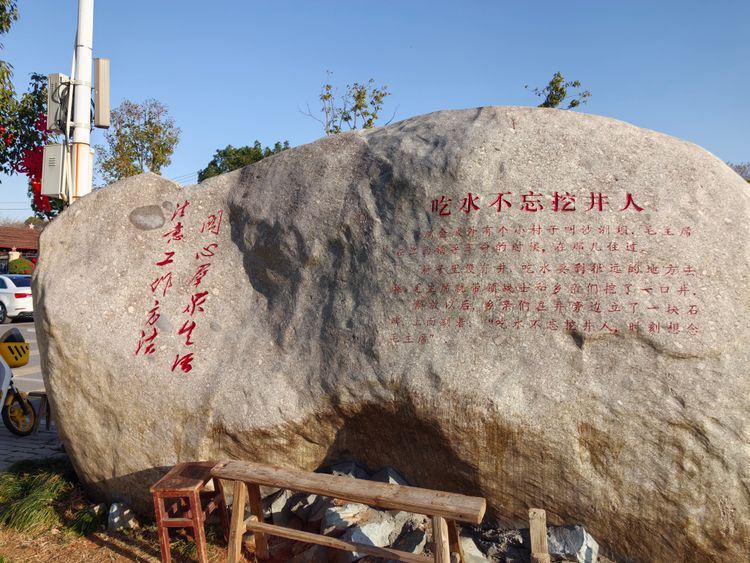Kubectl 运维乱记

命令简化
将以下内容追加到环境变量中,可以简化运维操作
往~/.bashrc文件加入以下内容:
alias k=kubectl
source <(kubectl completion bash | sed s/kubectl/k/g)
alias kcd='kubectl config set-context $(kubectl config current-context) --namespace'
KUBE_EDITOR=/usr/bin/vim
依赖以下包
# yum install bash-completion -y
关于查询短暂存储位置
K8S 会在当前的 Node 自动创建一个目录来实际承载这个卷,目录的位置在 Node 的 /var/lib/kubelet/pods 路径下。要查看这个目录中的内容,需要先找到 Pod Id 和对应的 Node,然后登录到这个 Node,就能找到这个目录了,POD ID使用以下命令可以对应上:
$ kubectl get pods -o custom-columns=PodName:.metadata.name,PodUID:.metadata.uid,PodNode:.spec.nodeName
删除非运行状态的Pod
$ export ns=XXX
$ kubectl -n $ns get pod --field-selector status.phase!=Running -o name | xargs $ kubectl -n $ns delete
查看以带状态的Pod
打印出非Running状态的Pod
$ kubectl get pods --field-selector status.phase!=Running
进化版
$ kubectl get pod --field-selector status.phase!=Running -o=custom-columns=NAME:.metadata.name,STATUS:.status.phase,NAMEDPACE:.metadata.namespace
高阶进化版
$ kubectl get pod --field-selector status.phase!=Running -o=custom-columns=POD_NAME:.metadata.name,STATUS:.status.phase,NAMEDPACE:.metadata.namespace,CONTAINER_NAME:.spec.containers[*].name
输出所有非Running状态的Pod
$ kubectl get pods -A --field-selector status.phase!="Running" -o=jsonpath='{.items[*].metadata.name}'
查看当前节点CIDR
$ kubectl get nodes -o jsonpath='{.items[*].spec.podCIDR}'
查看节点配置
$ kubectl get --raw "/api/v1/nodes/kube-master-1/proxy/configz" | jq .
创建命名空间,不存在则创建,存在则忽略
kubernetes 1.19以上
$ kubectl create namespace <add-namespace-here> --dry-run=client -o yaml | kubectl apply -f -
$ kubernetes 1.18以下
$ kubectl create namespace <add-namespace-here> --dry-run -o yaml | kubectl apply -f -
删除可能不存在的资源
$ kubectl delete ns istio-system --ignore-not-found=true
SVC更新类型
$ kubectl -n istio-system patch svc istio-ingressgateway -p '{"spec": {"ports": [{"nodePort": 443, "port": 443,"targetPort": 8443,"name": "https"},{"nodePort": 80, "port": 80,"targetPort": 8080,"name": "http2"}],"type": "NodePort"}}'
打印集群中的污点信息
- 1
$ kubectl get nodes -o custom-columns=NAME:.metadata.name,TAINTS:.spec.taints --no-headers
- 2
$ kubectl get nodes -o=jsonpath='{range .items[*]}{.metadata.name}{"\t"}{.spec.taints[*].key}{"\n"}{end}'
- 3
只打印有污点的节点
$ kubectl get nodes -o go-template='{{printf "%-50s %-12s\n" "Node" "Taint"}}{{- range .items}}{{- if $taint := (index .spec "taints") }}{{- .metadata.name }}{{ "\t" }}{{- range $taint }}{{- .key }}={{ .value }}:{{ .effect }}{{ "\t" }}{{- end }}{{- "\n" }}{{- end}}{{- end}}'
打印集群中的节点资源
$ kubectl get nodes -o custom-columns=NAME:.metadata.name,ARCH:.status.nodeInfo.architecture,KERNEL:.status.nodeInfo.kernelVersion,KUBLET:.status.nodeInfo.kubeletVersion,CPU:.status.capacity.cpu,RAM:.status.capacity.memory
打印集群所有的节点
$ kubectl get nodes -o jsonpath='{range.items[*]}{.metadata.name}'
集体排水:慎用
$ for node in `kubectl get nodes -o jsonpath='{range.items[*]}{.metadata.name}'`
do
drain="kubectl drain $node --ignore-daemonsets &"
eval $drain
done
Node
新节点加入
$ kubeadm token create --print-join-comman
节点维护或排水
$ kubectl drain nodename --force --ignore-daemonsets --delete-local-data
$ kubectl cordon node-name
$ kubectl drain node-name
$ kubectl uncordon node-name
命名空间
当前所在的命名空间
方法1:
$ kubectl config get-contexts | grep -e "^\*" | awk '{print $5}'
方法2:
$ kubectl config view --minify | awk '/namespace:/{print $2}'
切换命名空间
$ kubectl config set-context --current --namespace=default
--current可以使用kubectl config current-context
滚动重启应用
$ kubectl rollout restart deployment nginx-deploy
**提示:**由于大多数容器仍在运行,因此整个过程是感知的。
按标签输出pod
$ kubectl get pod -l environment=dev,tier=backend
$ kubectl get pod -l 'environment in (dev,prod)'
输出pod名称
第一个
$ kubectl get pods -o=jsonpath='{.items[0].metadata.name}'
全部
$ kubectl get pods -o=jsonpath='{.items[*].metadata.name}'
//格式化
$ kubectl get pods -o=jsonpath='{range .items[*]}{.metadata.name}{"\t"}{.status.startTime}{"\n"}{end}'
输出节点与pod名
$ kubectl get po -o json | jq -r '.items | sort_by(.spec.nodeName)[] | [.spec.nodeName,.metadata.name] | @tsv'
自定义排序
$ kubectl get po -o wide --sort-by=.spec.nodeName
查看运行的容器镜像
$ kubectl -n gitee get po -o jsonpath={..image}|tr -s '[[:space:]]' '\n'|sort -ru
查看指定Pod 地址
$ kubectl get pods pod_name -o jsonpath --template={.status.podIP}
查看Pod资源声明情况
$ kubectl get pods -A -o go-template --template='
{{ range $i, $pod := .items -}}
{{range .spec.containers -}}
{{ $pod.metadata.namespace }} {{ $pod.metadata.name }} {{.resources.requests.cpu}} {{.resources.requests.memory}} {{.resources.limits.cpu}} {{.resources.limits.memory}}
{{end -}}
{{end}}'
使用到的镜像
$ kubectl get pods --all-namespaces -o jsonpath="{.items[*].spec.containers[*].image}" |\
tr -s '[[:space:]]' '\n' |\
sort |\
uniq -c
对应Pod使用的镜像
$ kubectl get pods --all-namespaces -o=jsonpath='{range .items[*]}{"\n"}{.metadata.name}{":\t"}{range .spec.containers[*]}{.image}{", "}{end}{end}' |\
sort
输出PV资源
$ kubectl get pv -o json | jq -r '.items | sort_by(.spec.capacity.storage)[]|[.metadata.name,.spec.capacity.storage]| @tsv'




